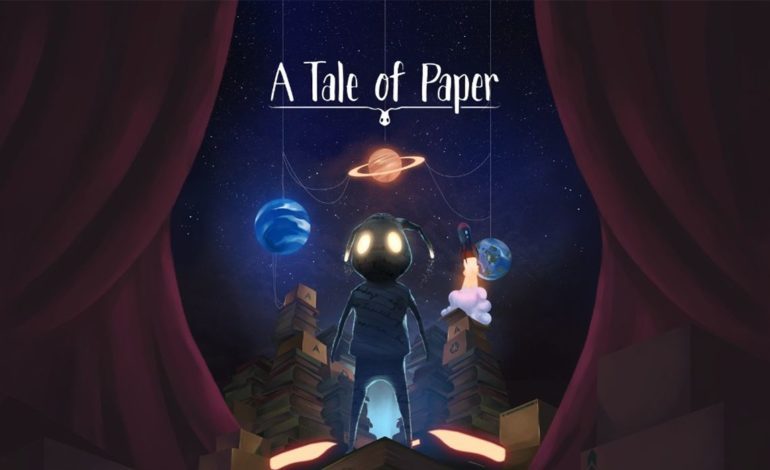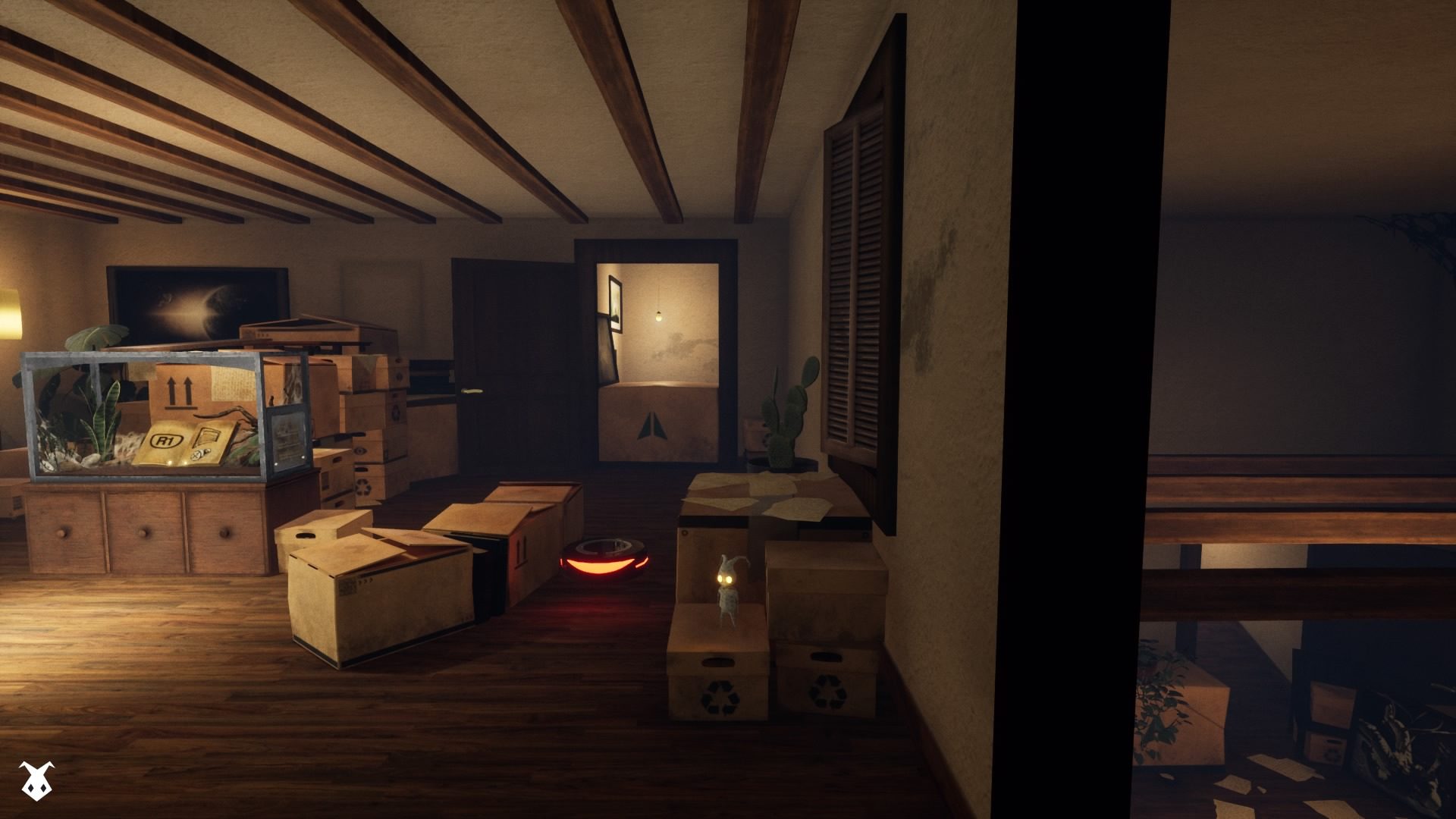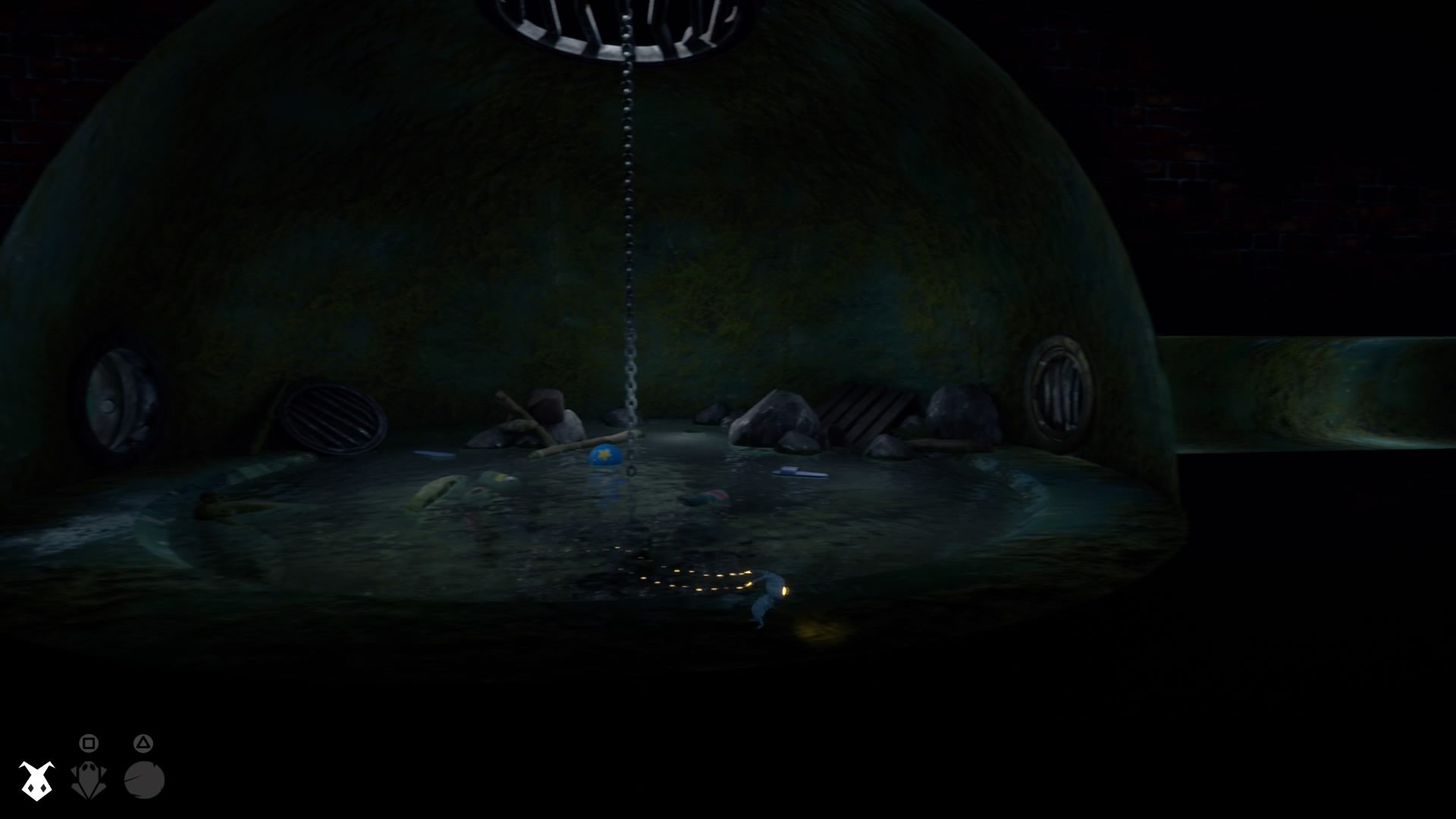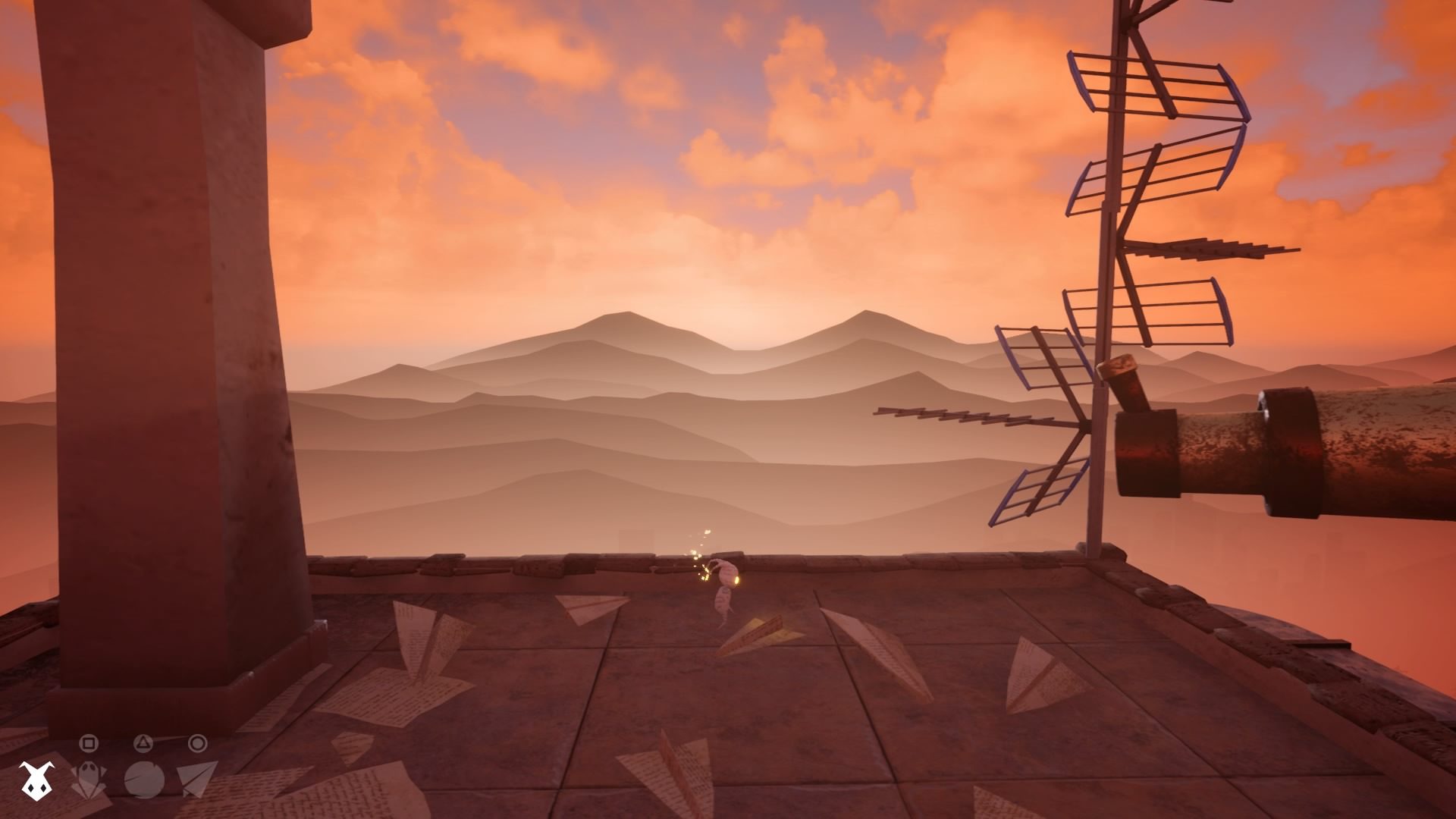

An artistic 3-D puzzle-platformer reminiscent of games like Little Nightmares, A Tale of Paper succeeds mainly for its aesthetics and subtle storytelling rather than its gameplay mechanics. Having said that, developer Open House Games nonetheless crafted a compelling gameplay experience to complement the strong art direction. The end product is a short yet enchanting adventure that is surprisingly robust for what it is.
The core premise sees the player control a small paper boy in a linear 3-D environment. He slowly gains access to a number of origami transformations that help him traverse the environment and solve puzzles. It’s a simple yet effective setup that allows for the kind of satisfying player and mechanical growth seen in many games. Every transformation ability expands the player’s movement options and makes simple environmental traversal fun and engaging. The frog transformation is particularly effective at this; its high jump ability is already useful on its own, but players can switch back to humanoid form as they jump up in frog form for an extra boost in height. Even the crumpled ball form, which is normally very situational, can be creatively exploited to extend jumps. These are the kind of gameplay nuances that I didn’t expect to see in a more aesthetically-driven game like this one. They really help the gameplay feel less like a formality and more like a vital part of the experience.


Helping the gameplay even more is the overall environment and level design, which is generally strong. Although the environment is very grounded, it is nonetheless densely-packed with platforming sections and puzzle segments that all adhere to that grounded aesthetic. Sections that involve jumping on rusty pipes and broken stairways do an impressive job of challenging players while still immersing them in the game world. Puzzles require careful observation of the environment to figure out, but not to the point where players may get stuck for long stretches of time. The visual language is one of the level design’s best aspects; the levels are filled to the brim with subtle environmental cues that subconsciously guide the player toward progress. Noteworthy examples include the stretch of birdhouses hinting the player to use the bird form’s double jump ability and the billboard advertisement communicating the enemy Roomba’s immunity to water. These background touches are a brilliant way to help players without being condescending toward them. In general, the gameplay strikes a perfect balance between being just complex enough to provide engagement and being simple enough to allow for a relaxing, meditative experience.
Being an artistic title, A Tale of Paper mostly excels in its aesthetics. The designs of the backgrounds are effective at taking the player through an emotional journey. Starting in a large house, the game slowly builds tension as the player descends into the city’s underground before relieving that tension as the player treks across rooftops amid a gorgeous sunset. These changes in tone indicated by the environment are expertly paced to grab the player’s attention and make the adventure feel that much more cohesive. Various environmental clues cleverly hint at a story that players can slowly piece together as the adventure progresses, which helps the visuals feel like more than just eye candy. The final area concludes the game wonderfully with a captivating setting that has rarely, if ever, been explored in a game before. All of this is backed up by a fittingly low-key score that contributes significantly to the game’s whimsical feel.


As great as the visuals are, they do suffer from some notable problems. Walking toward the background can sometimes cause the camera to clip into objects as it follows the player character. This is common in many games, but the fixed, dollhouse-like perspective should ideally give the developers nearly complete control over what players can see, so it’s disappointing that this problem can be encountered so easily. The visuals also do not always clearly indicate what is or isn’t possible during certain sections. For instance, there is a section where the player has to move into a pipe to avoid getting run over by an oncoming train. The pipe is clearly visible, but the layout of the environment and the shape of the train imply that the player can also avoid the train by hugging the pipes beside the train tracks. However, the size of the train’s hitbox can still leads to the player failing the segment even though it looks like they should have avoided it. Although this is not a huge issue due to the abundance of checkpoints, the visual language could have nonetheless been improved in this regard.
The most disappointing issue from a gameplay standpoint has to do with how underexplored the later transformations are. This largely has to do with how late the player obtains them. The last few sections give the player two new abilities: the aforementioned double jump and a forward dash. When combined in the air, these abilities make for some of the most fun movement options in the game. However, by the time the player obtains them, they can only make use of them in a couple more segments before the credits roll.


Some players may become disappointed by the game’s length. The game can be beaten in a couple of hours, and other than some hidden collectibles that flesh out the game’s story, there’s not much in the way of replayability. However, this is not necessarily a problem. The game is meant to be a condensed art piece that provides an experience as endearing as it can be within the time that it has, and it does so admirably. Despite its occasional rough edges, A Tale of Paper is a tale worth telling.
Score: 8 out of 10
Reviewed on PlayStation 4
Play games, take surveys and take advantage of special offers to help support mxdwn.
Every dollar helps keep the content you love coming every single day.
